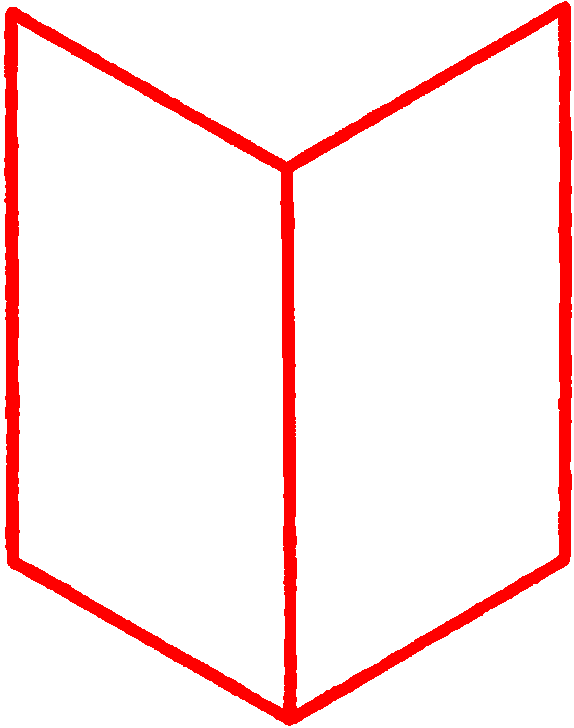Definition of number: The simplest expression of quantity in numerical terms involves two components:
1. A *Standard Unit*: This is itself a magnitude necessarily of the same kind as the quantity to be measured. Or, as it may be otherwise expressed, the unity of quantity to be measured and the unit of quantity which measures it are homogeneous quantities. Thus, inch and foot (measuring unit and measured unity), pound and ton, minute and hour, dime and dollar, are pairs of homogeneous quantities.
2. *Numerical Value*: This expresses HOW MANY of the standard units make up, or construct, the quantity needing measurement. Examples of numerical value are: the yard of cloth costs seventeen cents; the box will hold thirty-six cubic inches; the purse contains eight ten-dollar pieces.
1. A *Standard Unit*: This is itself a magnitude necessarily of the same kind as the quantity to be measured. Or, as it may be otherwise expressed, the unity of quantity to be measured and the unit of quantity which measures it are homogeneous quantities. Thus, inch and foot (measuring unit and measured unity), pound and ton, minute and hour, dime and dollar, are pairs of homogeneous quantities.
2. *Numerical Value*: This expresses HOW MANY of the standard units make up, or construct, the quantity needing measurement. Examples of numerical value are: the yard of cloth costs seventeen cents; the box will hold thirty-six cubic inches; the purse contains eight ten-dollar pieces.

